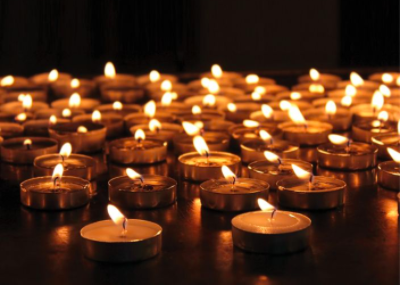Teachers play a crucial role in educating the younger generations on the history of the Holocaust. Journalist Sue Osborne looks at the wide range of syllabus related resources provided by the Sydney Jewish Museum for teachers across Australia.
Throughout the school year, the Sydney Jewish Museum has multiple offerings for teachers to engage within the museum space, as well as online and printed resources which can be accessed remotely and used in the classroom. All of the face to face events and seminars are approved by the NSW Education Standards Authority.
The museum’s teacher training seminars cover content mainly for History and English teachers who teach the Holocaust, and Studies of Religion teachers teaching about Judaism. These sessions each provide between six and 16 hours of NESA approved professional development and include unique opportunities to hear from panels of Holocaust survivors, museum educators and various industry professionals. They also equip participating teachers with practical classroom applications of the knowledge they have gained and printed resources for future use.
Teachers’ Network events are held each term, and are a way of bringing together teachers from across the state from a variety of schools and disciplines. The network aims to provide teachers with an opportunity to engage with colleagues, expand content knowledge, design classroom strategies, and discuss the complexities of Holocaust education as well as education more broadly.
These events are varied in content, and cover topics such as storytelling in the classroom. Teachers can hear from the museum’s curator, tour the archives, or listen to a panel of Holocaust survivors. All Teachers’ Network events provide three hours of NESA approved professional development.
“The Teachers’ Network provides, showcases and shares the wonderful, diverse range of expertise and interests of the dedicated team of education officers, survivors, curators, historians, archivists, volunteers and colleagues, who expertly and sensitively present and give rare insights into the unique resources, artefacts and exhibits intrinsic to the Sydney Jewish Museum,” said Stephen M, a head teacher in Modern History.
“The programs and activities reflect the museum’s commitment to quality education and experiences – as well as its ever developing relationship with teachers, educators, the community and stakeholders to enhance and promote awareness, understanding, professional development, teaching and learning across a broad spectrum of key learning areas and subjects, including History, English, Studies of Religion, Society and Culture, Legal Studies and Human Rights Education.”





































































































































